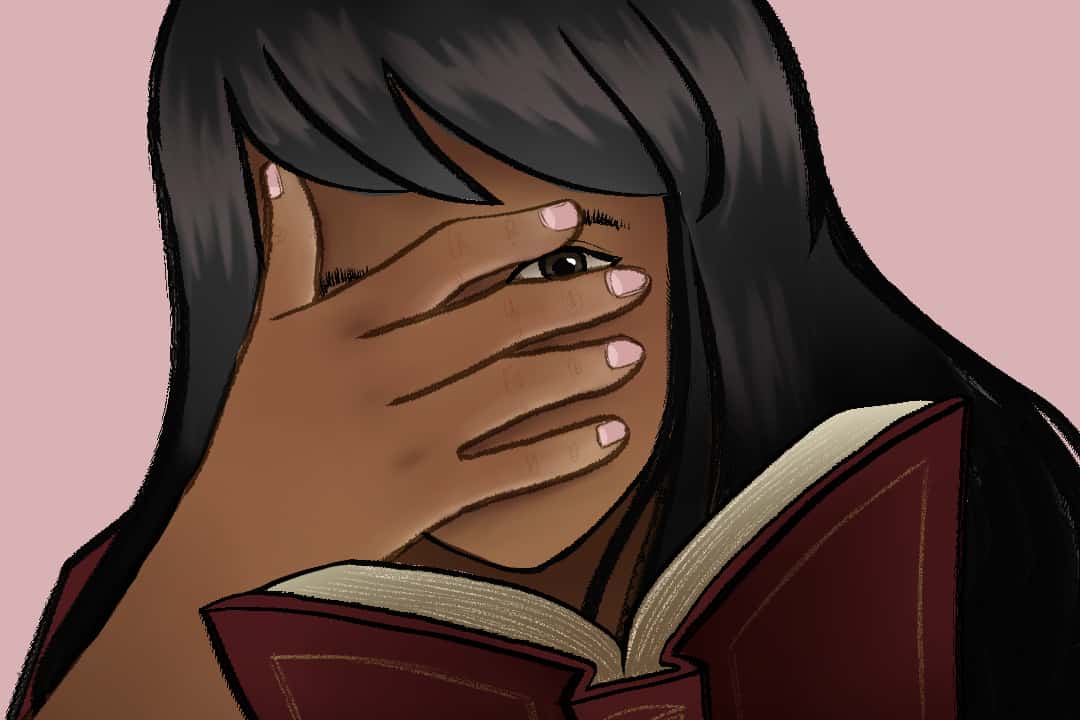Content warning: mentions of suicide and abuse.
I watched Crimes of the Heart with my mom and sisters about a month and a half into lockdown. My mom picked it because it checked all the boxes for movies she likes — about women, some kind of dramedy, and set in the past. Taking place in mid-twentieth-century Mississippi, the dark comedy Crimes of the Heart is certainly one of the more recently-set films my mom will watch, her favourite time period being the Victorian era.
Basically, she likes watching white women be dramatic and wear frilly clothes.
Crimes of the Heart is the film adaptation of Beth Henley’s Pulitzer Prize-winning play of the same name, produced in 1986 and starring Diane Keaton, Jessica Lange, and Sissy Spacek as three sisters reuniting in their family home. This is after Spacek’s character, the ditzy Southern belle Babe Magrath, non-fatally shoots her abusive husband.
Immediately, my sisters and I cast each other into these roles. My younger sister was Babe, my older sister was the responsible wallflower Lenny, and I was dubbed Jessica Lange’s character — the impulsive and reckless Meg, who returns home after a failed Hollywood career.
Everyone in my family seemed to think this was an “extremely accurate” judgment, even going so far as to say “that’s what she would do!” whenever Meg did something that resembled my behaviour. However, I found this characterization to be offensive and sat in the corner across the room looking at my phone, only glancing up occasionally throughout the duration of the movie.
That being said, I surprisingly enjoyed the parts I did see. No doubt, there are some aspects I could definitely have gone without; for example, Babe’s sexual abuse of a 15-year-old boy — characterized as an “affair” by the characters in the film.
However, this shockingly gets her off the hook for the shooting, as her husband is afraid that, since the child is Black, it would be embarrassing if people knew about it. He drops charges on the condition that the boy, named Willie, leave and never come back. Willie is last seen waving goodbye to her from a bus window.
While realistic in terms of the privilege and racism the white characters exhibit, I was consumed with questions. Where are this kid’s parents? His family? Why does Babe have the power to take him out of school and send him away? And where is he even going?
Disregarding this, I found that the lead performances were considerably well-acted and nuanced portrayals of the relationships between sisters and the dysfunctional familial intimacy that results from a shared trauma. In the case of the Magrath sisters, this family trauma is their mother’s suicide, which was heavily covered by newspapers because she ended both her own and the family cat’s lives.
The effects of this trauma can be seen throughout the film, most prominently manifesting in how each sister lives their life. For instance, Meg ran away to California as soon as she was able to, Lenny stayed in their family home to care for the grandfather who raised them, and Babe married a wealthy but emotionally and physically violent man.
Thus, Meg appears to deal with her pain through avoidance and denial, Lenny through staying behind and falling into the familiar safety of eldest-sibling martyrdom, and Babe through realizing her similarities with her mother. In the end, after a series of suicide attempts, Babe realizes that, like her, their mother didn’t really want to die but took her anger out on herself, and, furthermore, killed the cat because she was afraid to die alone.
While I wouldn’t say I’m suddenly a big fan of the Southern Gothic, I liked this film because it was fun to watch with my sisters and my mom, because I saw aspects of my own family in the Magraths, and because, like the final scene — in which the Magrath sisters are shown laughing around a birthday cake — it was a rare moment of happiness in an otherwise ominous time.


